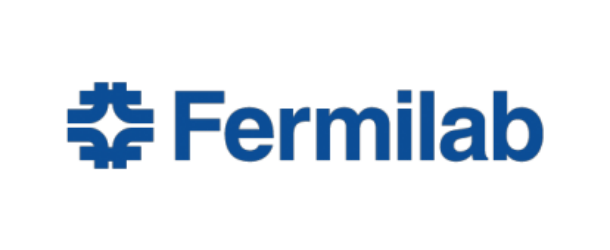Fermilab engineers develop new control electronics for quantum computers that improve performance, cut costs

(News.Fnal.gov) A new system of control and readout electronics, known as Quantum Instrumentation Control Kit, or QICK, developed by engineers at the U.S. Department of Energy’s Fermi National Accelerator Laboratory, has proved to drastically improve quantum computer performance while cutting the cost of control equipment. IQT-News summarizes the news announcement of the QICK below.
“The development of the Quantum Instrumentation Control Kit is an excellent example of U.S. investment in joint quantum technology research with partnerships between industry, academia and government to accelerate pre-competitive quantum research and development technologies,” said Harriet Kung, DOE deputy director for science programs for the Office of Science and acting associate director of science for high-energy physics.
The faster and more cost-efficient controls were developed by a team of Fermilab engineers led by senior principal engineer Gustavo Cancelo in collaboration with the University of Chicago whose goal was to create and test a field-programmable gate array-based (FPGA) controller for quantum computing experiments. David Schuster, a physicist at the University of Chicago, led the university’s lab that helped with the specifications and verification on real hardware.
Most of the current control and readout systems for superconducting quantum computers use off-the-shelf commercial equipment in which researchers must string together a dozen or more expensive components resulting bulky and expensive control systems. Photo: The University of Chicago
“This is exactly the type of project that combines the strengths of a national laboratory and a university,” said Schuster. “There is a clear need for an open-source control hardware ecosystem, and it is being rapidly adopted by the quantum community.”
Engineers designing quantum computers deal with the challenge of bridging the two seemingly incompatible worlds of quantum and classical computers. Quantum computers are based on the counterintuitive, probabilistic rules of quantum mechanics that govern the microscopic world, which enables them to perform calculations that ordinary computers cannot. Because people live in the macroscopic visible world where classical physics reigns, control and readout electronics act as the interpreter connecting these two worlds.
Control electronics use signals from the classical world as instructions for the computer’s quantum bits, or qubits, while readout electronics measure the states of the qubits and convey that information back to the classical world.
Just as the effectiveness of an interpreter depends on rapid communication, the effectiveness of a control and readout system depends on its turnaround time. And a large system made of many modules means long turnaround times.
To address this issue, Cancelo and his team at Fermilab designed a compact control and readout system. The team incorporated the capabilities of an entire rack of equipment in a single electronics board slightly larger than a laptop. The new system is specialized, yet it is versatile enough to be compatible with many designs of superconducting qubits.
“We are designing a general instrument for a large variety of qubits, hoping to cover those that will be designed six months or a year from now,” Cancelo said. “With our control and readout electronics, you can achieve functionality and performance that is hard or impossible to do with commercial equipment.”
The control and readout of qubits depend on microwave pulses — radio waves at frequencies similar to the signals that carry mobile phone calls and heat up microwave dinners. The Fermilab team’s radio frequency (RF) board contains more than 200 elements: mixers to tweak the frequencies; filters to remove undesired frequencies; amplifiers and attenuators to adjust the amplitude of the signals; and switches to turn signals on and off. The board also contains a low-frequency control to tune certain qubit parameters. Together with a commercial field-programmable gate array, or FPGA, board, which serves as the “brains” of the computer, the RF board provides everything scientists need to communicate successfully with the quantum world.

























